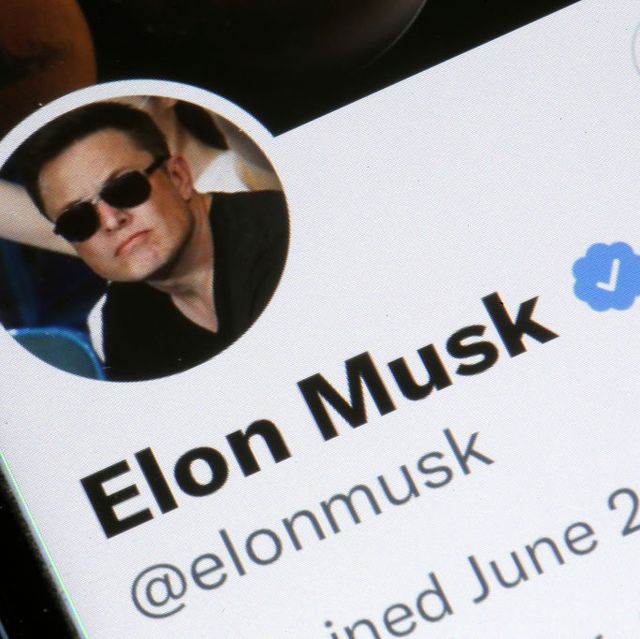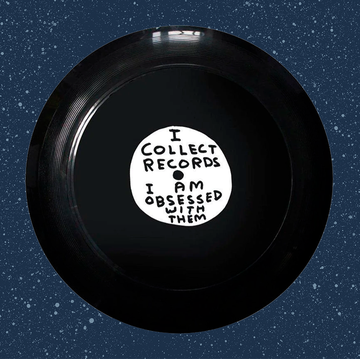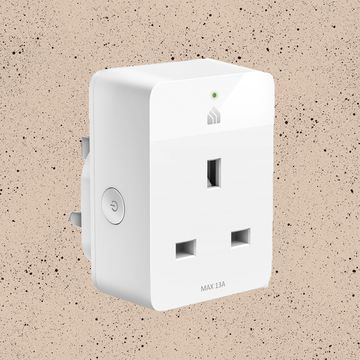So, Elon Musk isn’t your ideal corporate leader, and you want to delete Twitter? You’re not alone. Since the Tesla CEO completed his $44 billion acquisition of the social media site in late October, Twitter may have lost more than one million users, according to estimates from Bot Sentinel, a company that tracks behavior on Twitter.
If you’re concerned about hate speech and disinformation, or you’re just not excited about the potential of shelling out cash to secure your blue checkmark, simply avoid the platform altogether. We’ve got you covered for both how to delete your Twitter account and where to test the social media waters next.
Before we go any further, if you want to download your Twitter data, you must put that request in before you start the deactivation process—the period before actual deletion. Once you’re ready, follow these steps:
• Click on the More icon and then select Settings and privacy
• From the Your account tab, click on Deactivate your account
• Read the account deactivation information, then select Deactivate
• You’ll need to enter your password and confirm you want to proceed by clicking the Deactivate account button.
Deactivating your account is the first step toward permanent deletion. Once you deactivate the account, if you don’t log in for 30 days, Twitter will officially delete your account and your username will be unlinked from that account. (But if at any point, you log back in during those 30 days, Twitter will restore your account). During the deactivation phase, your username and public profile will not be viewable on the platform. Note that if you’re logged into any third-party apps, they may still log in to Twitter, so make sure you’ve revoked third-party app access to your Twitter account.
During that 30-day period, while you’re checking out your other social media options, you should explore these five sites.
Mastodon
A German alternative launched in 2016, this website has seen a hefty share of interest in recent days as an alternative to Twitter. A key differentiator is that Mastodon is an open-source group of servers. You can still follow users and servers—and mix-and-match as you like—and can expect to find plenty of multimedia content on the platform in the form of posted “toots.” When you join, you can start by selecting a server based on geography or interests and then branch out from there.
Yeah, what is a continually growing site for business networking has broadened its usage beyond just finding that next job. The news feed and live streaming options within the LinkedIn platform, along with a user base of about 850 million, gives this Microsoft-owned platform a true social media feel.
WT.Social
Short for WikiTribune, WT.Social bills itself as “the non-toxic social network.” Arranged like Facebook, you can follow both people and topics or create your own topics. The site says it doesn’t use algorithms to determine what you see, and it won’t package up your data and sell it. It’s still early days, though, so WT.Social may still have plenty of changes coming.
Cohost
Cohost offers another new beta-level introduction into the social media realm. Promoting no ads and a chronological feed—folks sure do like to tell us they aren’t using algorithms to determine what we see—the site acts similar to Twitter. Expect to follow certain topics or other people, but you’ll need their permission to do so.
CounterSocial
Think hacker-turned-news-aggregate. A hacker in the U.S. launched CounterSocial in 2017, and it features live streams of news through a columnized platform that lets you follow lists or hashtags. There’s no ads and the site says it bans what it calls fake news. The model features a free option, but also a paid Pro account for additional feed access.













